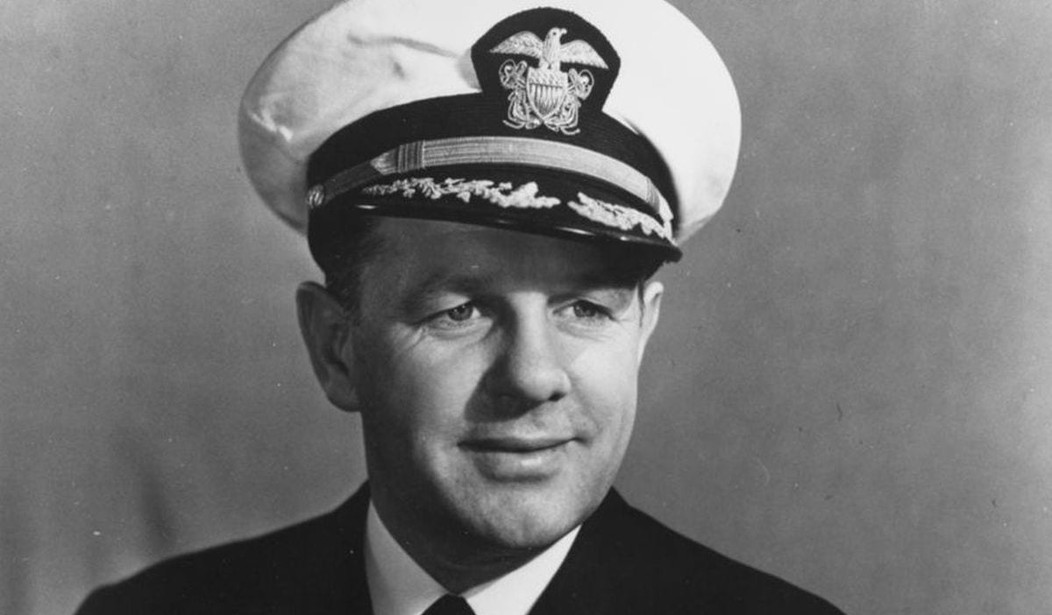It’s been exactly 75 years since a handful of courageous U.S. Navy aviators blew four Japanese aircraft carriers out of the water near Midway Island and turned the tide of war in the Pacific irrevocably toward the United States.
One of those aviators, C.Wade McClusky, will be honored Sunday in his hometown of Buffalo, New York, with a statue that will be part of a new public memorial honoring military heroes.
McClusky led a squadron of dive bombers from the USS Enterprise the morning of June 4, 1942, who set out looking for the Japanese fleet that was set to invade Midway. The U.S. had discovered Japanese plans after breaking one of the enemy’s naval codes, so the commander of the U.S. fleet, which consisted of the Hornet and Yorktown in addition to the Enterprise, Admiral Jack Fletcher, knew approximately where the Japanese would be that morning.
The Japanese had already attacked the American base on Midway that morning and were preparing a second strike prior to the invasion when the Japanese commander, Admiral Yamamoto, got word that at least one American carrier was in the vicinity. His planes, equipped with bombs to strike the base, were hastily being rearmed with torpedoes for sea combat when the man who planned the Pearl Harbor attack finally ran out of luck.
McClusky’s squadron, low on fuel and unable to meet up with their fighter escort, was having trouble finding the Japanese fleet.
About two hours into the search and running low on gas, McClusky was faced with a choice: return to the Enterprise or keep searching, with the realization that most of his planes would have to ditch in the ocean. He kept going.
According to the U.S. Navy’s official account of the battle, McClusky soon spotted a Japanese destroyer and correctly surmised it was headed toward the main Japanese fleet. Around 10:20 a.m., he led 30 other Douglas SBD Dauntless dive bombers into the attack against the Japanese aircraft carriers.
When the day was over, the fliers from the Enterprise and Yorktown had sunk three carriers and mortally damaged a fourth. McClusky, wounded in the initial attack, made it back to his carrier with less than five gallons of fuel in his tank. Some of the other surviving two-man planes had even less. Ten planes in his squadron had to ditch in the sea and their crews were never found.
Yamamoto had been caught with his pants down, the decks of his carriers full of bombs and fuel. A couple of well-placed bombs by U.S. planes obliterated three carriers while the Japanese had to later scuttle the fourth.
A spectacular victory, to be sure, but it was a near thing. The U.S. launched 117 planes — bombers and torpedo aircraft — at the Japanese fleet and most of them were shot down or forced to ditch after running out of fuel. Just parts of three bomber squadrons managed to find the targets and let loose their devastating attack.
McClusky’s group was cited by the Navy for their action while Admiral Nimitz said of McClusky’s decision to fly on despite being low on fuel, that it “decided the fate of our carrier task force and our forces at Midway.”
McClusky died in 1976, but the exploits of he and his men will live on.










Join the conversation as a VIP Member